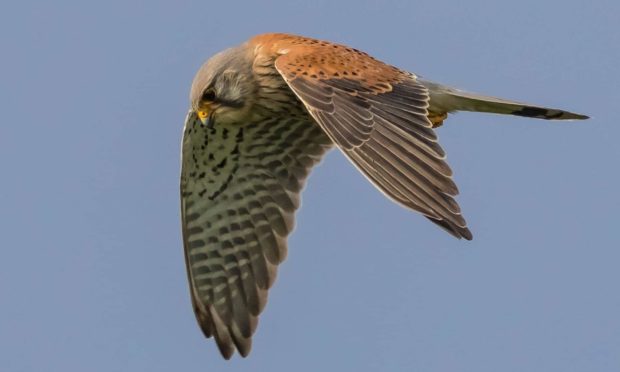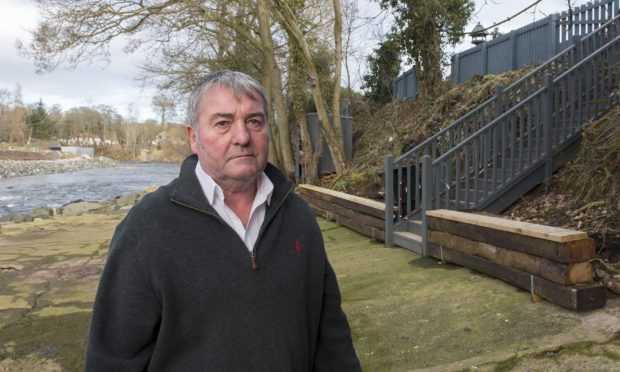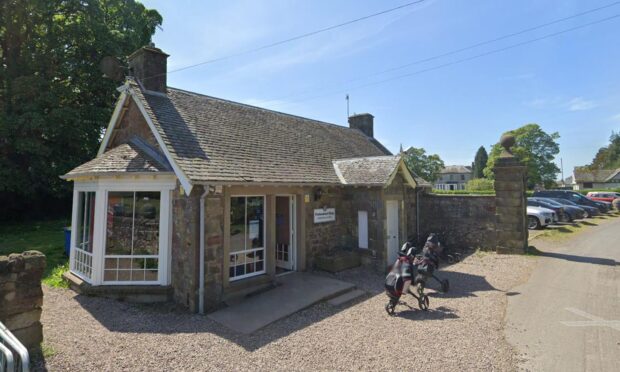A moorland action group have claimed that a wildlife-rich stretch of Highland Perthshire is providing fresh hope for troubled kestrels.
Monitors across the rural area say they have observed a trend bucking the widely reported fall in chick production over the last 25 years.
Data sourced from studies by the British Trust for Ornithology, RSPB and the Joint Nature Conservation Committee showed kestrel numbers in Scotland have declined 82% between 1994 and 2019.
The raptors, which RSPB say has “a history of persecution” and were heavily targeted in the late 19th and early 20th century by gamekeepers despite “rarely” preying on game bird chicks, are now being mooted as a species requiring concerted conservation attention in Britain.
The charity’s conservationists say kestrel numbers in Scotland have “declined markedly” since the mid 1990s but that the cause is unknown.
However, the alarming declines revealed came as a surprise to land managers in Highland Perthshire who say they’ve been welcoming the amber-listed raptor in good number for decades, according to Tayside and Central Scotland Moorland Group (TCSMG).
The action group’s observational findings have been backed by a registered ornithological monitor who has been watching owls and kestrels at a hotspot with ideal conditions for kestrels, taking in Glen Cochil, Glen Quaich and the Sma’ Glen, for 20 years.
Neil Morrison, who has rung birds in the locations for 17 years, says the area has maintained its kestrel populations in that time, with nesting sites spread throughout.
And Colin McGregor, a gamekeeper and member of TCSMG, believes the stewardship of the land has meant the small falcons are regularly encountered.
While bird monitoring activity was curtailed for a spell last year by lockdown, the group hopes the area’s breeding success for kestrels can be well documented again, this year.
Colin said: “The national decline is something we haven’t really registered much because they are common in these glens.
“The area is productive farmland and grouse moors with some low ground game shoots. Obviously, the food source is there for the kestrels.
“Gamekeepers in the area are legally controlling jackdaw populations. Jackdaws will take the kestrels’ nest sites, which are usually holes in trees, so having less of that competition helps.”
He explained that stoats and weasels, which predate on the kestrels’ main food of voles and mice, are also kept in balance by legal predator control.
Furthermore, the game crops sown for low ground pheasant shoots in the area, help provide food for the kestrels’ main prey.
Shepherd Archie MacKinnon has lived in the Glen Quaich area for nearly 40 years. He agrees that the land management is sympathetic to the kestrel.
“There is a good balance, here,” he added. “Certainly we haven’t seen any great declines in the area. It is a glen which is a natural home for wildlife.
“The farming is not intensive and, whilst things have modernised, the farming practices haven’t changed all that much. Last year, especially was a great year for voles.”










